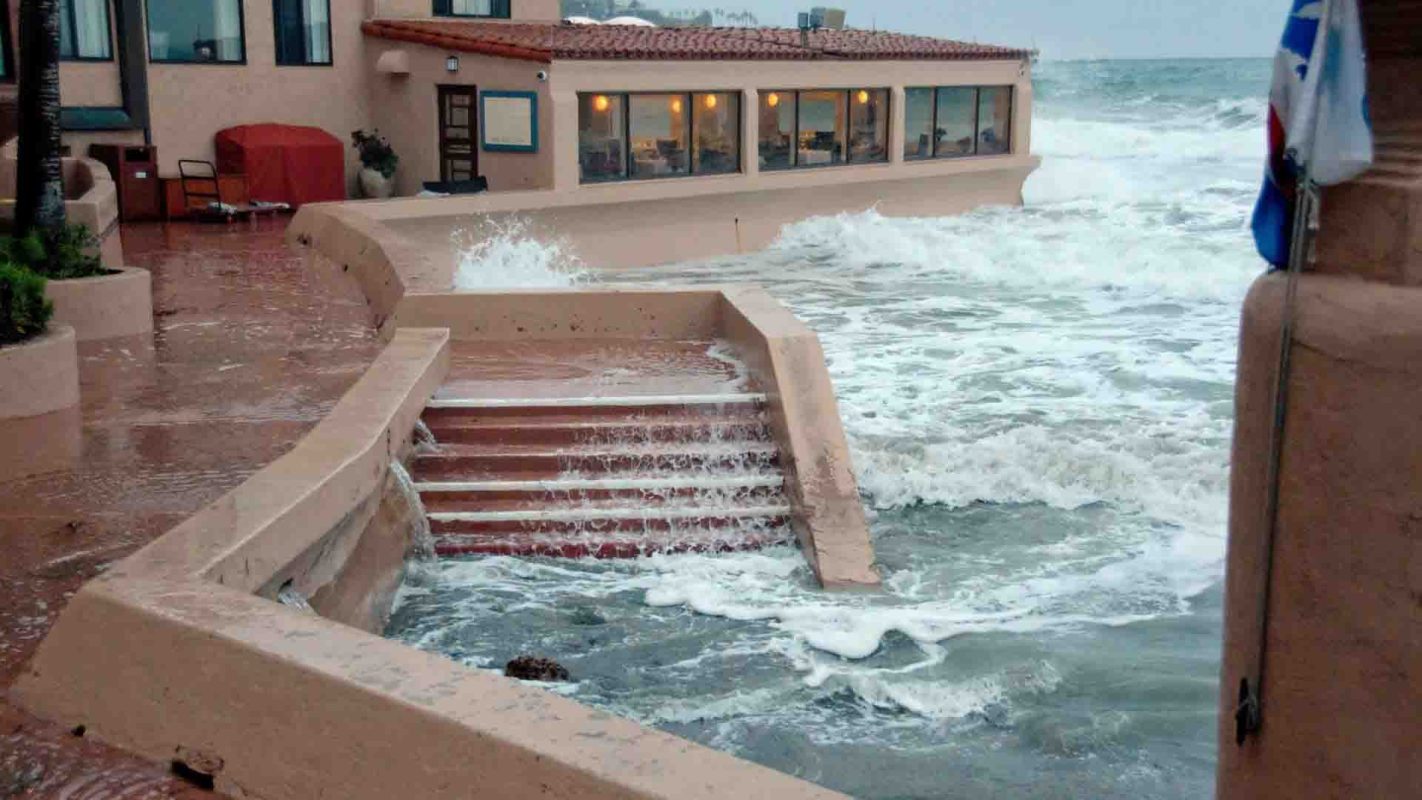Whether or not you live in California, you've probably heard about the devastating floods and severe weather that have battered the state this winter.
Storms in January were responsible for at least 20 deaths and caused over a billion dollars in damage, and another round of storms this week has contributed to at least two deaths and left 15 million people under flood watch. And yet, despite months of rain, almost half of California is still suffering from what the National Drought Mitigation Center classifies as drought conditions.
This has led experts to suggest ways California may be able to better capture some of the water flooding the state to fight droughts in the future.
In addition to persistent droughts, California has suffered from destructive wildfires like 2018's Camp Fire, the deadliest in the state's history, and 2021's Dixie Fire, the state's largest single wildfire ever.
Such wildfires have intensified in recent years due to the overheating of our planet and have been exacerbated by ongoing drought conditions. Even after they've burned out, wildfires can leave burn scars, or areas of land where the soil does not absorb water as easily, making them prone to mudslides in times of heavy rain.
Better managing future fire and flood cycles can help the state better cope with both extremely dry and extremely wet weather.
In an op-ed for the New York Times, journalist Erica Gies, author of the book Water Always Wins: Thriving in an Age of Drought and Deluge, suggests that California uses its natural geological features to better mitigate both floods and droughts.
"One way to do this is by making use of unique geologic features called paleo valleys," Gies writes, calling the combination of sand and gravel in paleo valleys a "superpower" that allows them to "move heavy rains underground quickly."
Others have suggested altering the flow of rivers to allow certain areas of land to flood more safely.
Climate scientist Peter Gleick of California's Pacific Institute, a global water think tank, told CNN that allowing floodwaters to replenish groundwater supplies during times of heavy rain can allow communities to draw on that groundwater in times of drought.
"Instead of thinking we can control all floods," he told the outlet, "we have to learn to live with them."
In August of last year, California Governor Gavin Newsom unveiled a 19-page document titled "California's Water Supply Strategy: Adapting to a Hotter, Drier Future," which includes plans to "expand water storage capacity above and below ground by four million acre-feet" and to "improve the flexibility of current water systems to move water throughout the state."
However, nonprofit journalism outlet Cal Matters has noted that "deadlines are distant, details are scant, and there is no conservation mandate" in Newsom's plan.
The latest round of storms has put renewed focus on water capture efforts that may lead Newsom to take more specific action. The governor's proposed 2023 budget, unveiled in the wake of recent storms, includes $200 million of new funding for flood protection and continued financial support for drought management. Hopefully, the two can work in concert.
Join our free newsletter for cool news and cool tips that make it easy to help yourself while helping the planet.









